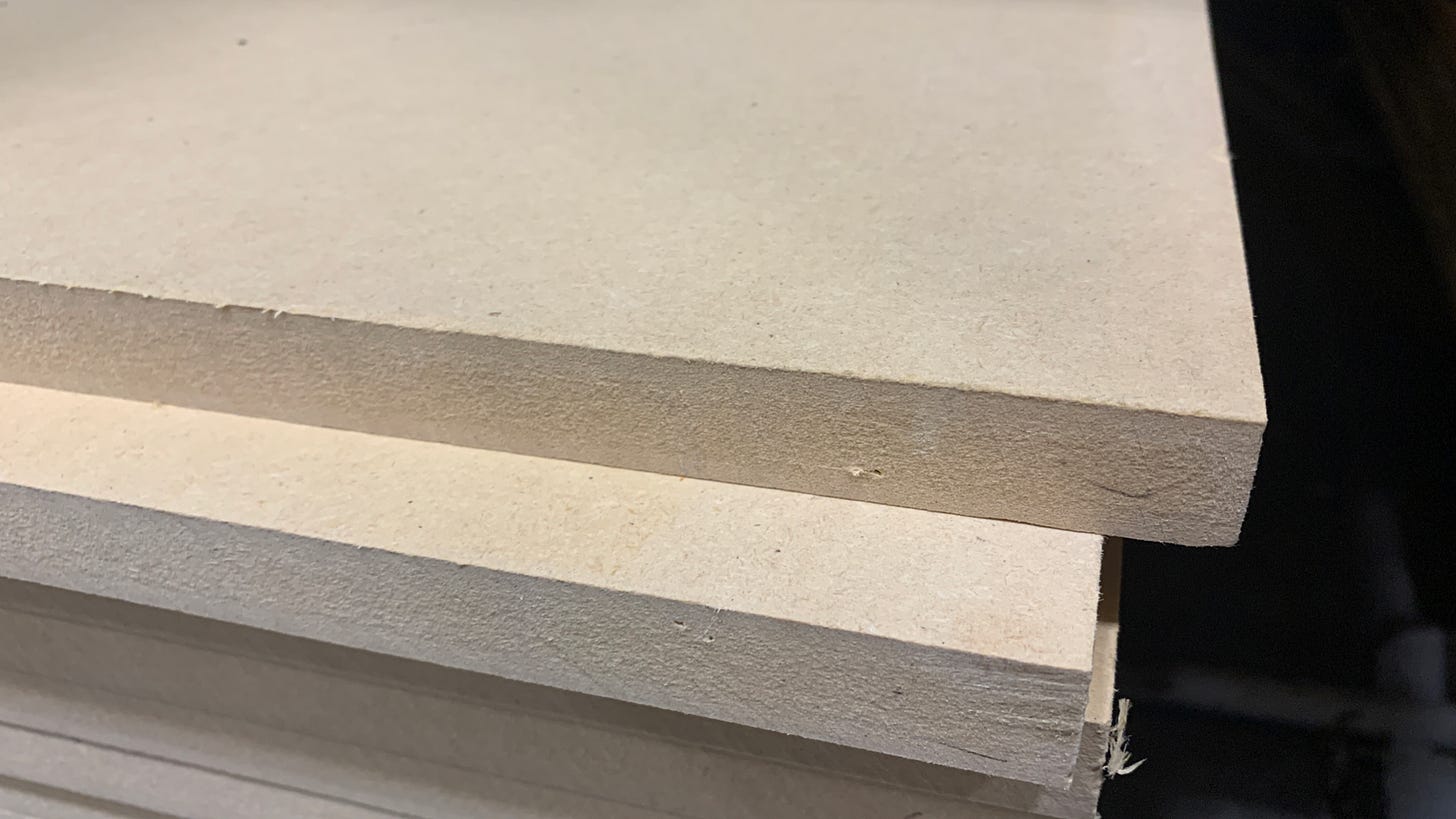Notes from the Field
You can’t plan everything. Not in the shop, not in life, and definitely not in woodworking.
That’s something I learned the hard way, working on antique pieces where no blueprint existed — just hidden damage and a hope that the old glue joints would hold. I once restored an 1800s table that looked fine on the surface but had a cracked hidden soul underneath. A built-up finish was hiding everything from loose tenons to old filler work. There was no way to plan for it all. I had to just start pulling it apart, trust my instincts, and fix what I found along the way.
That mindset — start ugly, adapt fast — is something I wish more new makers embraced. You don’t learn by sitting on the sidelines perfecting a plan. You learn by solving problems with your hands. You think a couple steps ahead, you adjust mid-cut, and you learn to spot trouble before it ruins your day.
That’s how I approach my YouTube channel, also. You don’t wait until you’re “ready” — you get moving, stay sharp, and fix what needs fixing as you go.
Video Dispatch
How to Make Construction Lumber Look Better
Lumberyard wood isn’t always pretty — but with a few tricks, you can clean it up for projects that don’t look like a 2x4 shed. In this video, I show how to prep, trim, and dress up common construction lumber so you get better results without breaking the bank.
Like it? Share it with a friend.
Material Matters: MDF
MDF (Medium Density Fiberboard) is one of those materials that’s easy to love and easier to mess up.
It’s smooth, stable, and takes paint like a champ — great for cabinet boxes, raised panels, and occasional trim. But fasten it wrong, and it splits like a stack of crackers. Nail into the face grain? You’re good. Nail into the edge? Say goodbye to structural integrity. And whatever you do, keep it dry. MDF and water go together like shop rags and sparks — one accident and it swells into mush.
Moral of the story: Know when MDF is the right tool for the job — and when it’s time to pony up for plywood or solid wood.
End of the Trail
If there’s one thing this week’s newsletter drives home, it’s this: good work doesn’t come from perfect planning — it comes from picking up the tool or material and figuring it out as you go.
Whether you’re restoring an antique table or just trying to get decent results out of rough construction lumber, progress starts with motion. Mistakes happen. Materials fail. But when you stay sharp, adapt fast, and learn the quirks of your tools and materials, you end up ahead.
Thanks for reading — and if this issue reminded you of your own “figure it out” project, hit reply. I’d love to hear it.
Found this helpful? Forward it to a friend who could use a dose of real-world shop wisdom.
Cheers!
Jeremiah




